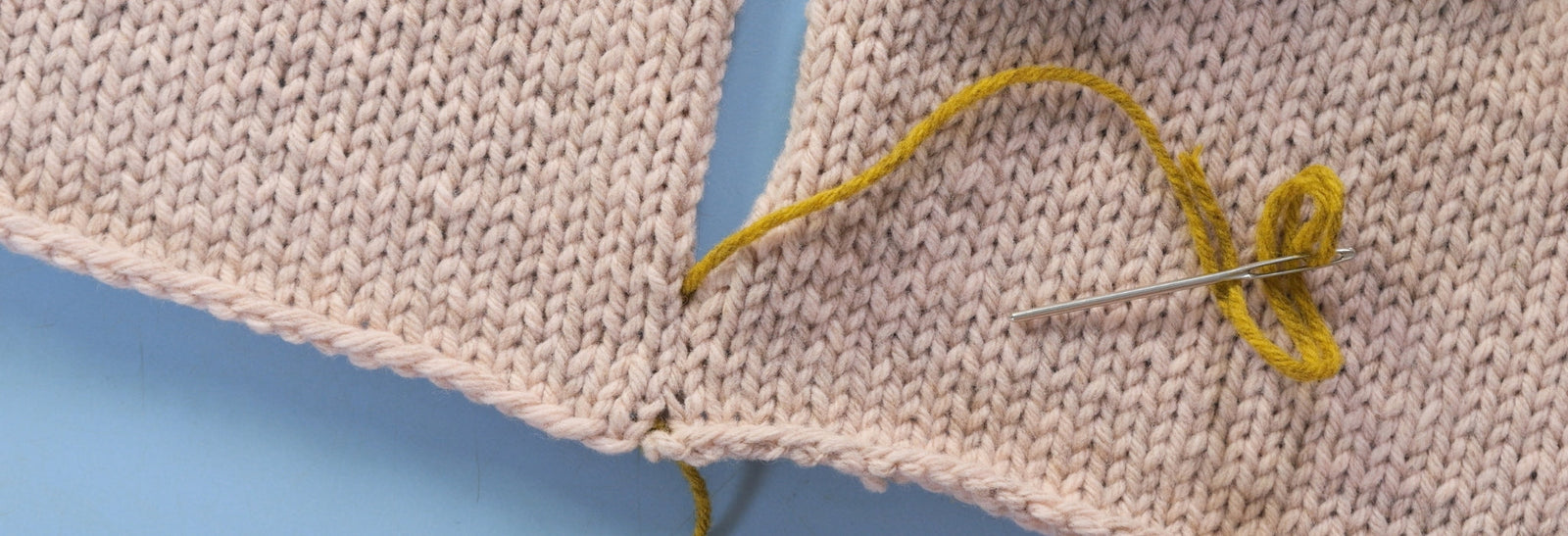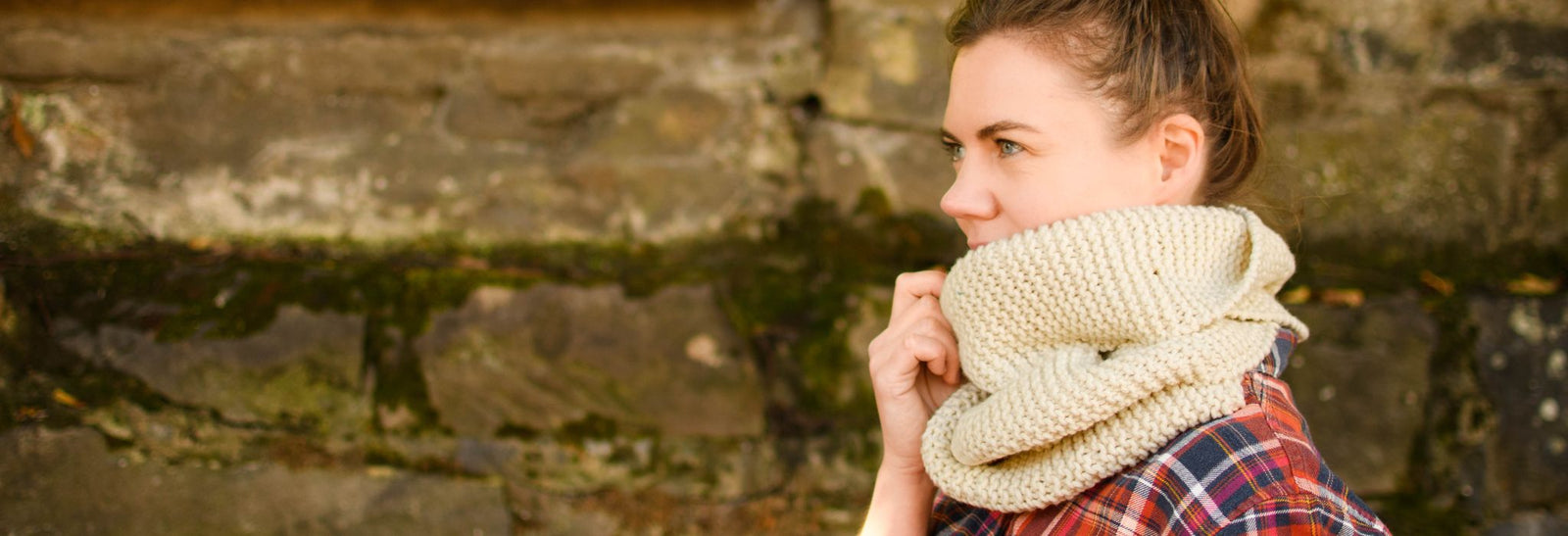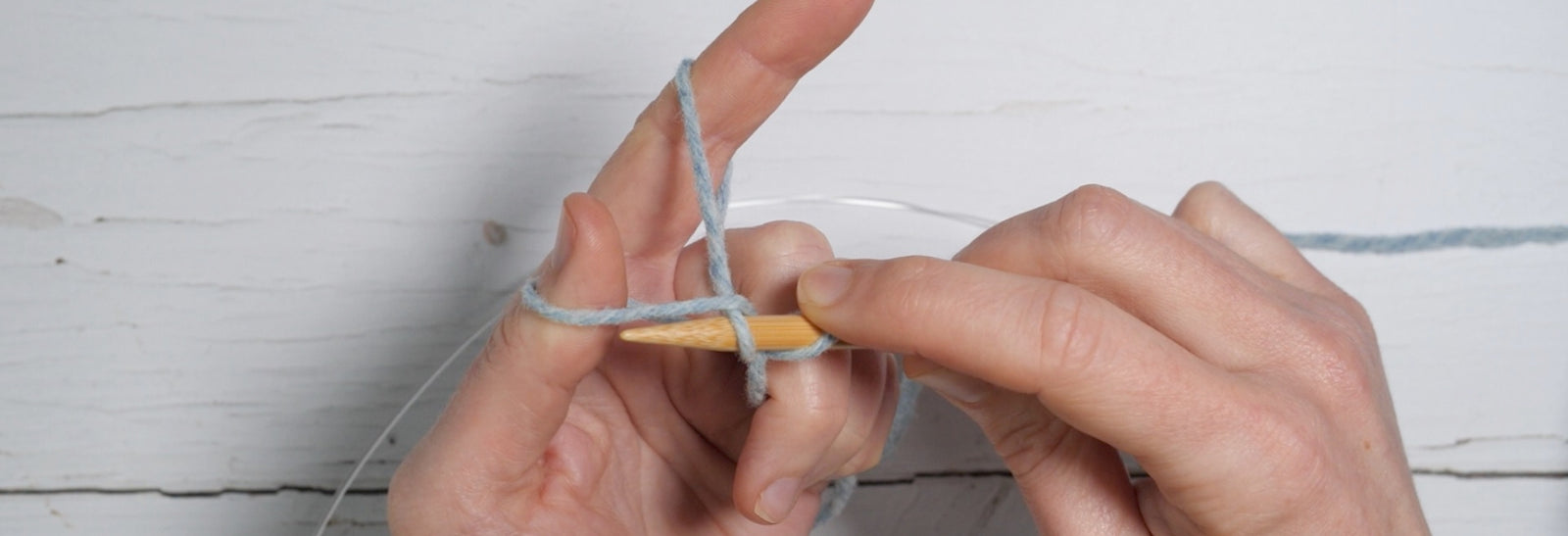Your Cart is Empty

What you get with an Ysolda pattern
September 30, 2020
New knitters are made every day, so if you're new to Ysolda's knitting patterns or just haven't tried one for a while, we thought it would be useful to give a brief overview of the features we include. We aim to make all Ysolda patterns user friendly and accessible. Maybe you're just interested in how we go about putting together a pattern? That's fine too!
A choice of layouts
To meet the needs of all knitters we're beginning to add three layout options for new patterns and are working back through our more popular patterns from our back catalogue.


The print version is our standard layout with 3 columns, it's optimised to be easy to follow without using tons of paper or ink and works well on larger tablets and computers.


The mobile version is a single column with an aspect ratio that fits most smartphones. We know that many knitters usually knit from patterns on their phone (including our whole team) so this should save you from constantly zooming in and out to read your pattern.


Our low vision version has black main text and is 24pt sans serif. All text is black on a white background and there are no italics, including alt text on all images. Low vision versions do not include charts or tables.You can print this version or use it on larger screens.
The low vision version is tagged to work with screen reading software which should read everything in the right order, but it might struggle with abbreviations and lists of numbers used to indicate directions for multiple sizes. We're looking into ways to improve this. If this is something you use we’d love your feedback on - have you used one of patterns with a screen reader? If so we'd really appreciate feedback how we could improve the pattern formatting. The best way to let us know any ways in which we can make improvements is our email support@ysolda.com.
The 3 pattern versions are available directly on our website without using Ravelry, although you will be able to add them to your Ravelry library should you wish. The low vision and mobile versions are ones that we have introduced on our new sweater releases this year, and we're working on extending these across our range of bestselling patterns. The pattern formats currently included are listed on the pattern page, for example here:

Inclusive sizing
Our size range for garments is to fit chest sizes 32” - 56”, though the actual size varies with intended ease. We always include a schematic and detailed sizing information to help you decide which size to make. We also include details of the size worn by the models and how much ease this gives. All sizes are actual dimensions of the garment knit to gauge and not to ‘to fit’ sizes.


What yarn to use?
All patterns have detailed yarn information to allow successful yarn substitution. Yarn substitution is a large topic and swatching is key when substituting but the description of the yarn characteristics on the pattern should help guide your choices. Information like the fibre content and suggested drape of the fabric can help knitters find a yarn that behaves in a similar way, and so give a good result in the finished project.
The most important factor is to knit a swatch the same way as the final project, so the gauge information always specifies if the swatch should be knit in the round or back and forth. Our tutorial for swift swatching in the round can be found here or if you're new to swatching for sweaters you might find this tutorial helpful.
The needle size suggested in the pattern can be used as a starting point for swatching but everyone’s knitting is different which makes swatching so vital.


Tools
The needle information specifies if circular needles or double pointed needles (dpns) are needed. Patterns knit back and forth can be knit with either straight or circular needles. The length of needles needed for comfortable knitting is often included, and the relative sizes of needles used for ribbing is used to allow you to use the correct needles for your knitting.
You might need other tools such as stitch markers, scrap yarn, a cable needle. These as well as the size of buttons are all listed (so you can get straight to planning the perfect button choice.)
Techniques
We produce clear instructions, and include guidance on specific techniques if we feel that one in particular will give a great result. Which cast on to use is a good example - often there are many that will work for a project but using the cast on technique stated will ensure your finished project will look the same as photographed. There's always choice here though, if knitters prefer to use a different technique in their project of course, that's fine. We clearly list the skills required, so you can get a good idea if this is the perfect restful project you're looking for, or something you might not be able to knit while talking...

Our blog is full of tutorials, and we link to as many relevant ones as possible for each project. Or if you're looking for the full list to find a new technique to try, you can find that here.
Charts
We make our charts as clear as possible with keys on the same page so you don't need to flip back pages to check a symbol you're not sure about. We put the row number on the side of the chart your knitting starts, so for back and forth knitting the numbers will alternate side. When knitting in the round the numbers will all be on the right side like in the example below. Where possible, we include written directions too.

Abbreviations
A list of the knitting terms and stitches are found at the beginning of each pattern. For special stitches we show the abbreviation along with the full name of the stitch, and a written directions of how to make the stitch.

Further support
We provide pattern support by email on support@ysolda.com. Our Ravelry group is also full of help and advice, often by knitters who are knitting the same thing you are!
Also in Journal

Learn to Knit: Mattress Stitch
March 29, 2023
By following our step-by-step mattress stitch knitting tutorial, you'll learn how to make your seams look beautiful and how best to prepare your knitting so that when you seam it with mattress stitch, it goes smoothly on the first try.
Read More
How to Knit a Scarf: A Beginners Guide to Scarf Knitting
March 23, 2023
Want a quick and easy beginners tutorial on how to knit a scarf? This garter stitch scarf is easy to knit and requires just 3 skills; casting on, the knit stitch and casting off.
Read More
Learn to knit: the long tail cast-on
February 03, 2022
The long tail cast on is a great multi-purpose knitting cast on and the perfect place for beginner knitters to start. Learn how to work the long tail cast on and how to estimate the length of yarn needed with our clear step by step tutorial and video.
Read More Recent Articles
- Learn to Knit: Mattress Stitch March 29, 2023
- How to Knit a Scarf: A Beginners Guide to Scarf Knitting March 23, 2023
- Learn to knit: the long tail cast-on February 03, 2022
- How to Kitchener Stitch December 09, 2021
- Crochet Provisional Cast-on December 02, 2021
- Learn to knit: How to knit in the round with double pointed needles November 25, 2021
- Learn to knit: How to knit in the round using the magic loop technique November 25, 2021
- Learn to knit: How to knit in the round November 25, 2021
- Knitted Gift Ideas for you and your loved ones November 18, 2021
- Celebrating our Porty Hat Preview Knitters October 28, 2021
Free resources
-
KALS, step-by-step pattern guides and free patterns
Learn brioche with the free Daniel's Hat pattern
Tombreck - a free chevron beanie pattern
Working the brioche neck detail on the Polwarth sweater
Basics
Casting on
Decorative Channel Island Cast-on
Binding off
3 Easy Stretchy Bind-offs (p2tog bind-off; k2togtbl, k1 bind-off; Jeny's surprisingly stretchy bind-off)
Tubular Bind-off for brioche stitch
Increasing
Paired increase methods compared
Decreasing
Brioche stitch double decreases
Knitting in the round
How to Knit in the round using Magic Loop
How to Knit in the round using DPNs
Short rows
Swatching and gauge
Tips and tricks
Avoiding ears when binding off
Tighter purl stitches for neater cables and ribbing
Cabling without a cable needle
Reading knitting patterns
Understanding "continue in pattern"
Finishing
Garment knitting
Joining the body and sleeves on a seamless bottom up sweater
Sizing
Inclusive garment knitting
How to pick a garment without a model for you (specifically addresses finding garment patterns when your gender identity isn't represented and the styles you want to knit might not be sized to fit your body)
How does ease affect inclusive size ranges?
Specific stitch patterns
Lace
Identifying and fixing mistakes in lace knitting
Colourwork
Getting started with stranded colourwork
Understanding colour dominance
Working stranded colourwork over small circumferences
Decreases in stranded colourwork
Holding the yarn for stranded colourwork
Ladderback Jacquard (a neat way to deal with long floats)
Cables
Cabling without a cable needle
Cabling without a cable needle on the wrong side
How to knit cabled decreases
Closed ring cable increases and decreasesBrioche
How to work brioche stitch in the round
Other crafts
Cross stitch
How to begin your first large cross stitch project
How to finish a cross stitch project with an embroidery hoop frame
Mending

Sign up today
Find out the latest news from the studio such as sales, pattern releases, and new workshops or KALs our learning community, The Knitwork. We also share helpful tips and exclusive subscriber discounts...

